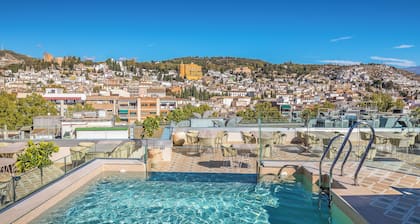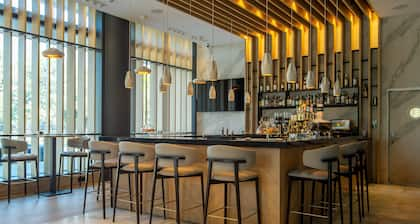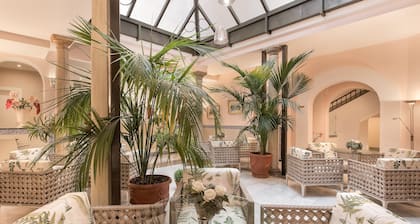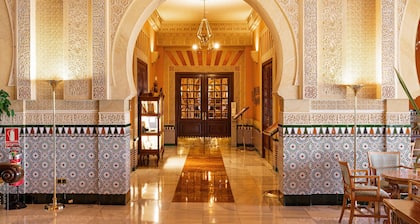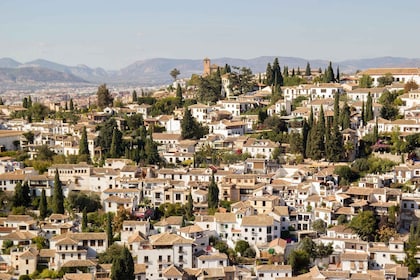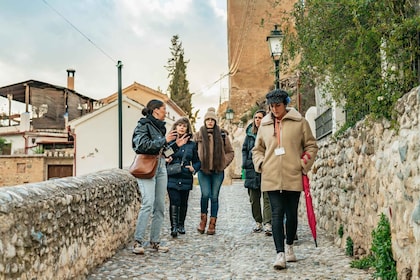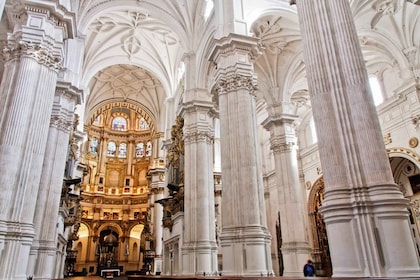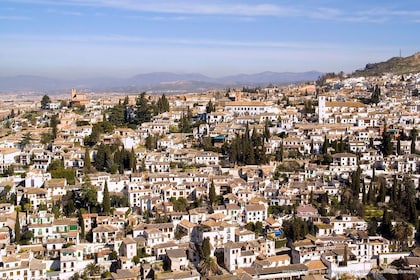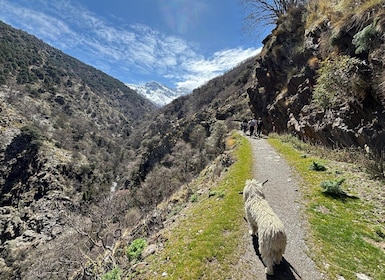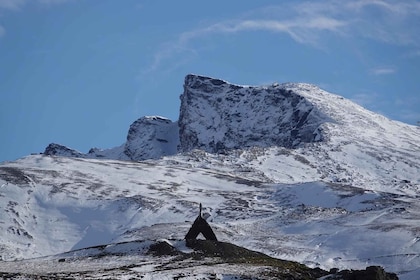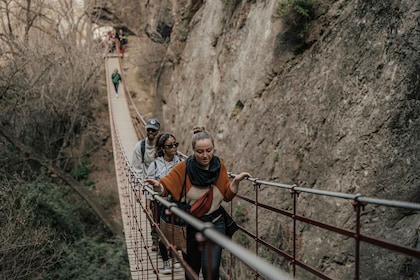Madraza of Granada



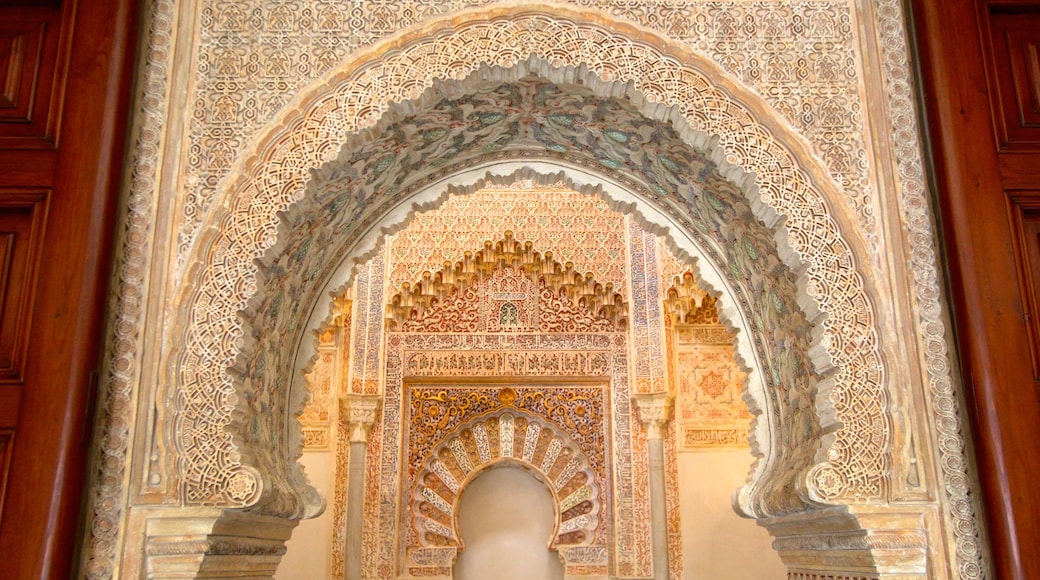

Kunjungi Madraza of Granada
Tur wisata satu hari
Lihat total 70 aktivitas
Perjalanan Sehari ke Granada dari Sevilla
Makanan, Minuman, & Hiburan Malam
Lihat total 16 aktivitas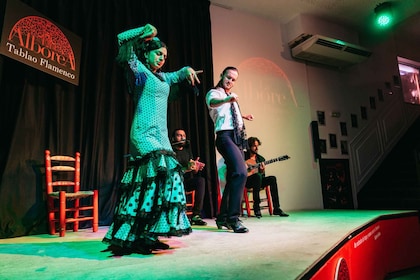
Granada: Pertunjukan Flamenco di La Alboreá
Petualangan & Outdoor
Lihat total 14 aktivitas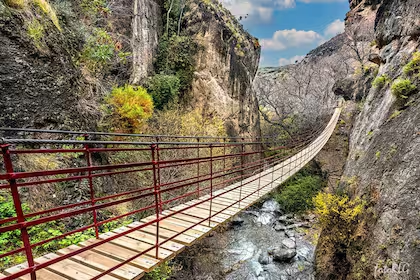
Granada: Pendakian Sehari dengan Pemandu di Los Cahorros de Monachil
Tur Pribadi & Khusus
Lihat total 12 aktivitas
Granada: Tur Segway Albaicin dan Sacromonte
Kelas & Workshop
Lihat total 3 aktivitas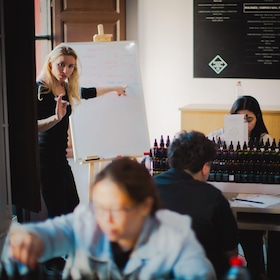
Granada: Bengkel Parfum
Tempat populer untuk dikunjungi
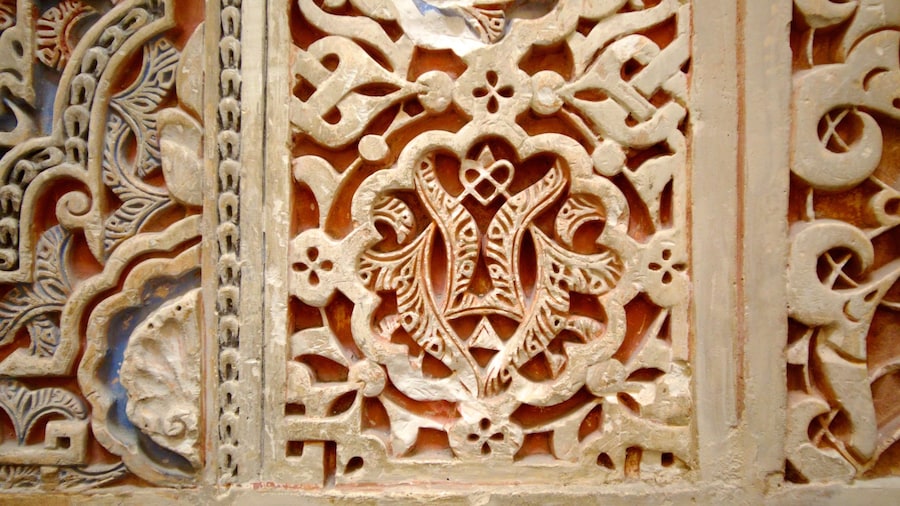
Calle Gran Via de Colon
Selama kunjungan Anda ke Granada, Anda dapat mencari suvenir sempurna di Calle Gran Via de Colon. Saat berada di area dapat ditempuh dengan berjalan kaki ini, luangkan waktu untuk mengunjungi katedral mengagumkan.
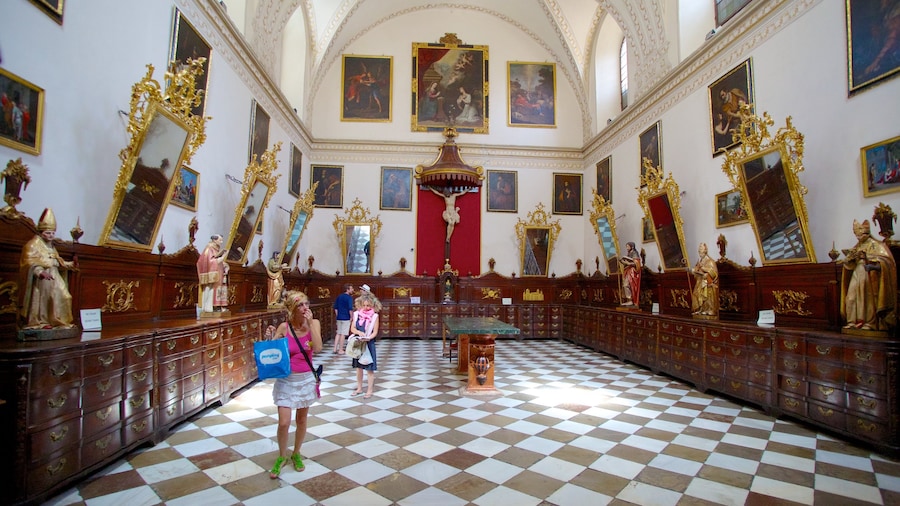
Katedral Granada
Anda dapat mempelajari sejarah dari Granada saat Anda mampir ke Katedral Granada. Kunjungi katedral mengagumkan atau berjalan-jalan di kebun area ini.
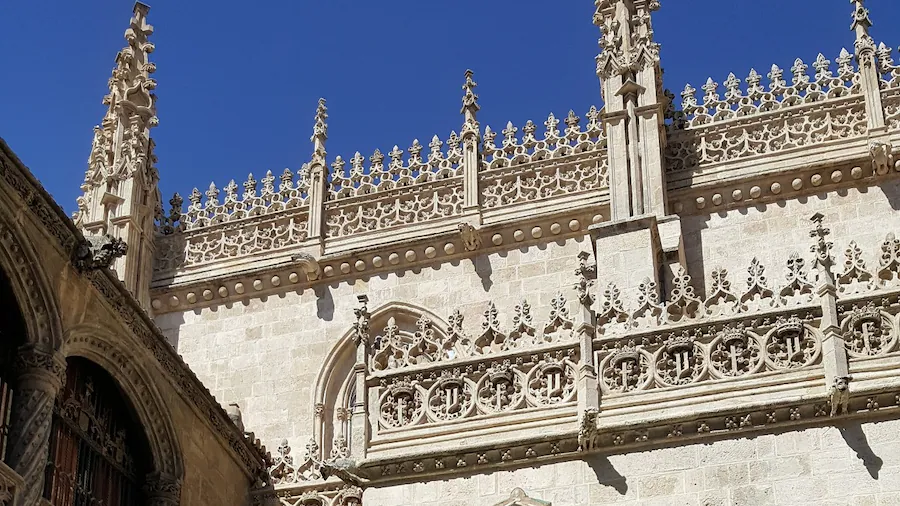
Kapel Kerajaan Granada
Pelajari sejarah setempat dari Granada saat Anda meluangkan waktu di Kapel Kerajaan Granada. Tambahkan katedral mengagumkan atau toko area ini ke rencana perjalanan Anda.
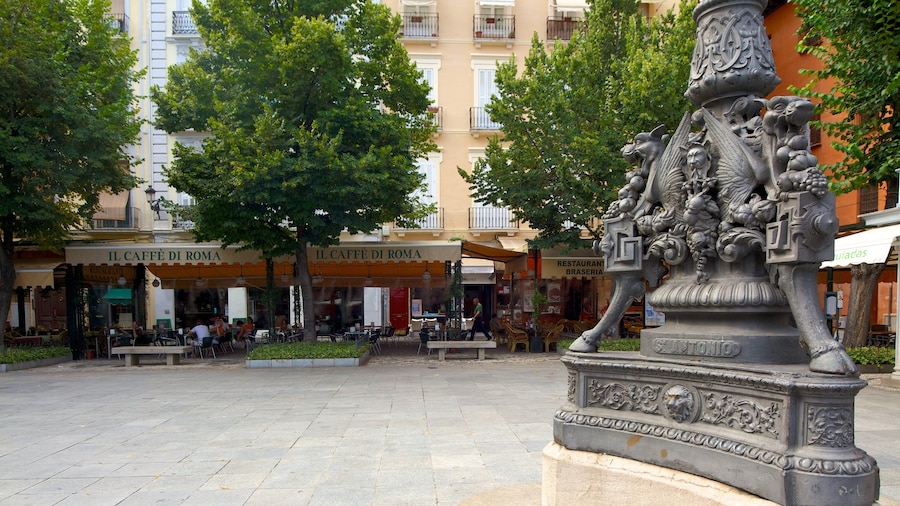
Plaza Bib-Rambla
Anda dapat mempelajari sejarah dari Granada dengan mampir ke Plaza Bib-Rambla. Tambahkan katedral mengagumkan atau toko area ini ke rencana perjalanan Anda.
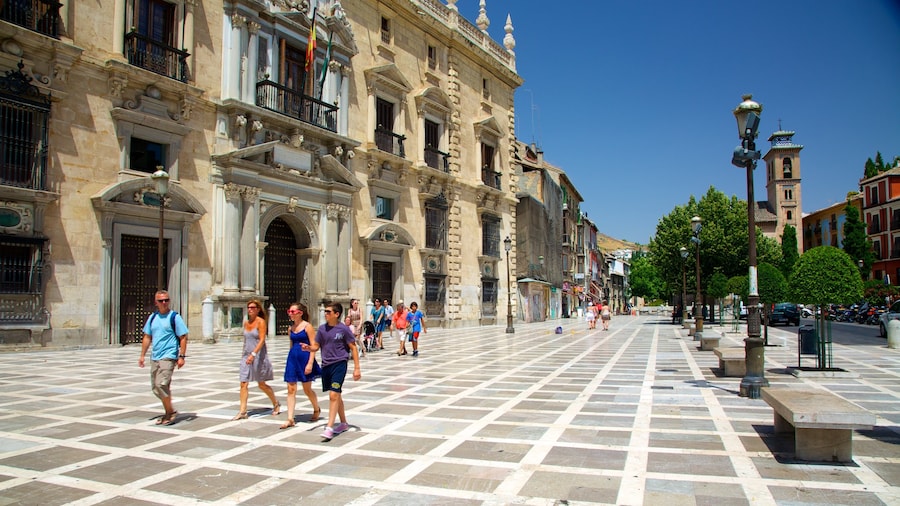
Plaza Nueva
Anda dapat mempelajari sejarah dari Granada saat Anda mampir ke Plaza Nueva. Tambahkan katedral mengagumkan atau toko area ini ke rencana perjalanan Anda.
La Madraza
Cari tahu sejarah dari Granada saat Anda melakukan perjalanan ke La Madraza. Kunjungi katedral mengagumkan atau berjalan-jalan di kebun area ini.
Opsi Penginapan Terbaik Dekat Madraza of Granada
